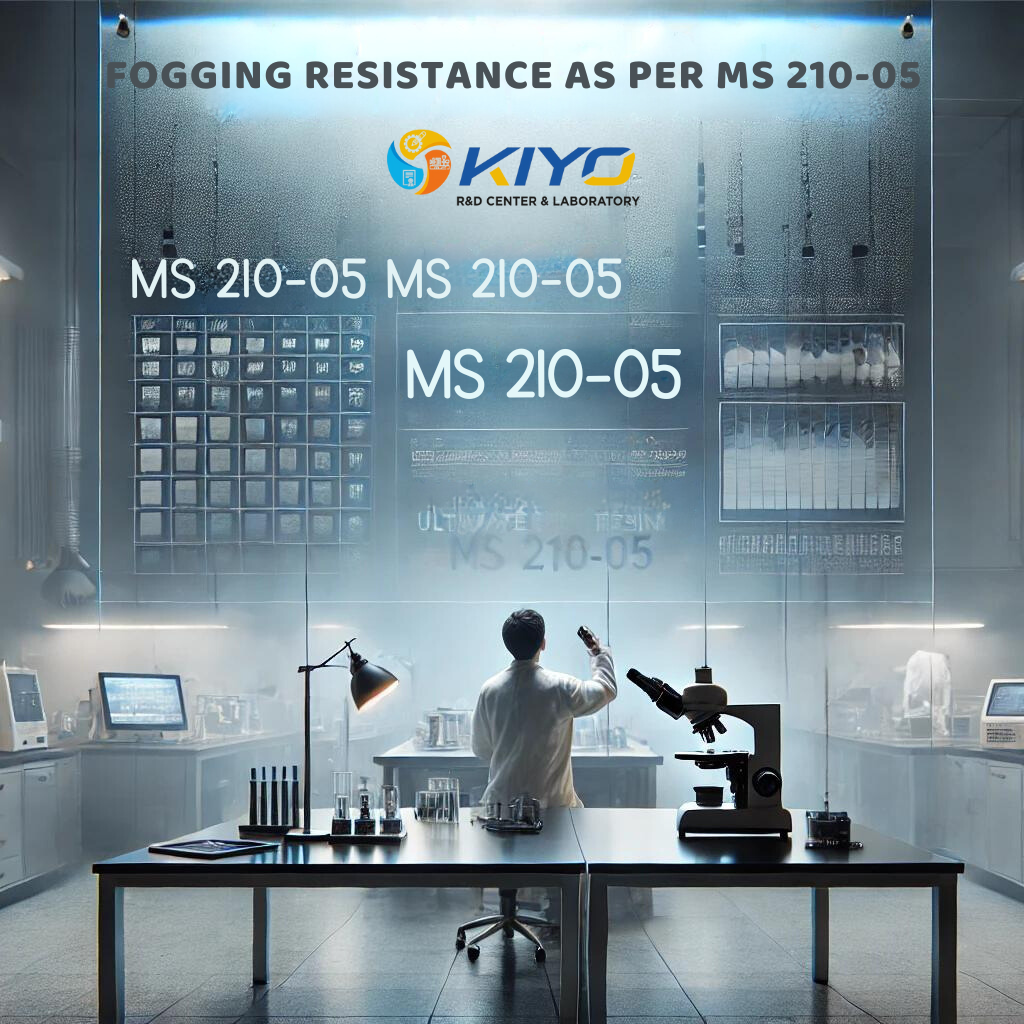In many industries, materials must maintain clear visibility under various conditions to ensure safety and effectiveness. Fogging resistance is a critical property, particularly for items like automotive windshields, eyewear, and protective gear. The MS 210-05 standard sets the benchmark for evaluating the fogging resistance of materials, providing a reliable method to ensure they perform optimally.
Fogging occurs when moisture condenses on a surface, creating a mist that can obstruct vision. Fogging resistance is the material’s ability to prevent or minimize this condensation, maintaining clarity. The MS 210-05 standard outlines the procedures for testing this resistance, ensuring materials meet necessary performance criteria.
The MS 210-05 standard is a comprehensive guideline for testing fogging resistance. It specifies the conditions and methods to assess how well materials resist fogging, providing a consistent and accurate measure of their performance.
Fogging resistance testing is crucial for several reasons:
Fogging resistance testing as per MS 210-05 is applicable in numerous fields:
At Kiyo R&D Center & Laboratory, we specialize in comprehensive materials testing, including fogging resistance as per MS 210-05. Our advanced facilities and experienced team ensure that your materials are tested accurately and meet the highest standards of clarity and performance.
Maintaining clear visibility through fogging resistance is essential for safety, functionality, and user satisfaction. The MS 210-05 standard provides a rigorous method for testing and evaluating this crucial property. At Kiyo R&D Center & Laboratory, we are dedicated to offering top-tier testing services, ensuring your materials achieve the highest performance standards.

For quotation or visit